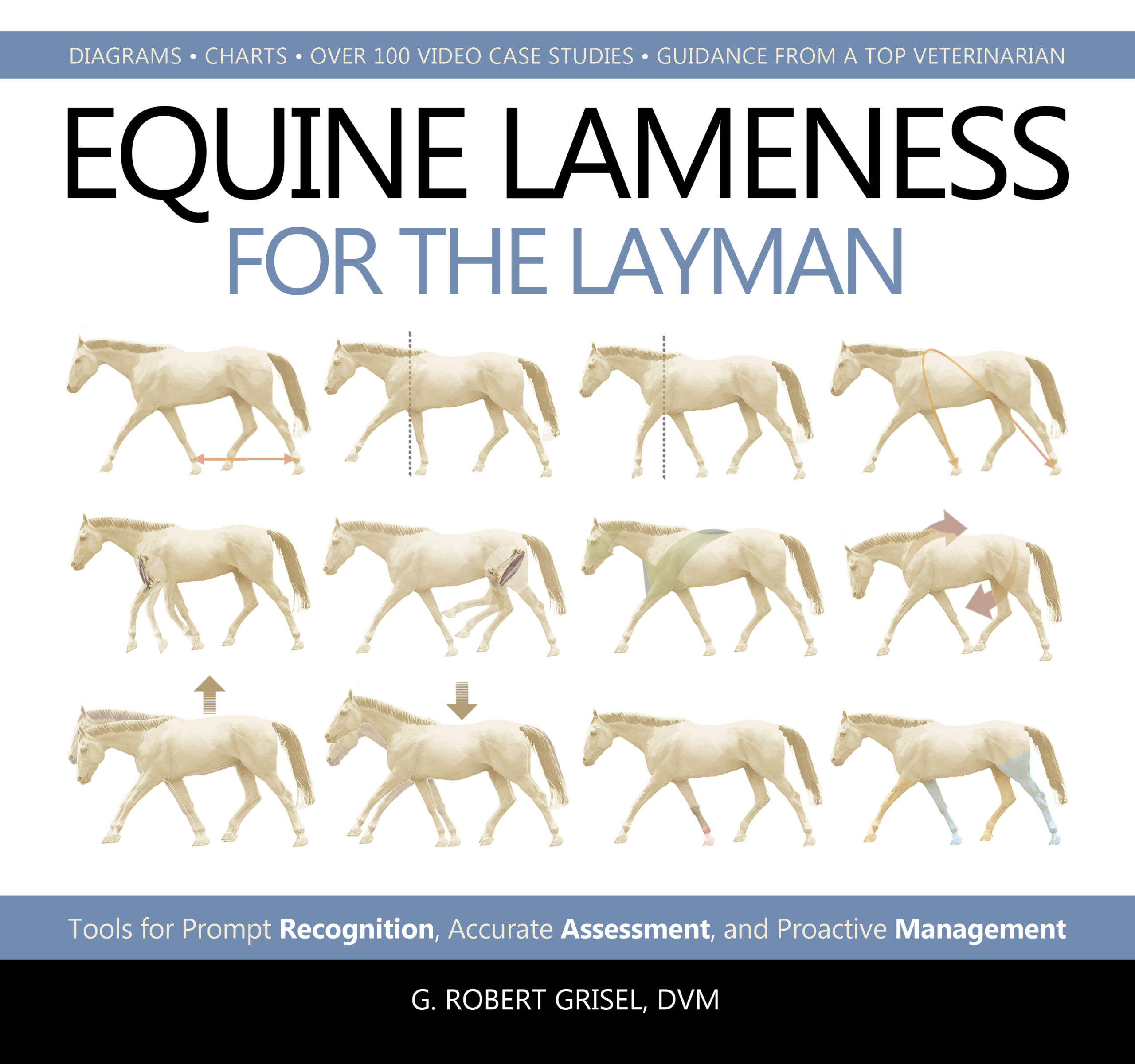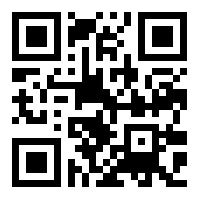Training Your Eye to Detect Unsoundness
In this excerpt from his book Equine Lameness for the Layman, veterinarian Dr. Bob Grisel explains why it is important that horse owners are empowered to detect soundness problems and what might cause them, in addition to relying on veterinarians and diagnostics.
Lameness can be defined as any alteration of the horse’s normal gait. A lame horse alters the way it moves to avoid torsion around painful joint(s) and to center ground reaction forces. A bruised foot, for example, will prompt the horse to change the way it moves its head, body, and limbs. These changes reflect the horse’s attempt to adjust the location and intensity of peak vertical forces experienced by the affected limb. This sounds logical, but what does this mean from a visual standpoint?
Perhaps it would be easier to start by defining soundness. For the purpose of this discussion, we will define soundness as regular and symmetric movement of the horse (scan or click QR code 1 to see video: https://getsound.com/tutorials/3a/).
Lameness, therefore, could be counter-described as irregular or asymmetric movement. Any visible difference in movement between the horse’s right and left sides would signify lameness. We generally think of lameness involving the limbs, but horses exhibiting irregular movement of the head, neck, or body (which comprise the median anatomy) would also be labeled as unsound based on this interpretation (scan or click QR code 2 to see video: https://getsound.com/tutorials/3b/).
Depending on the degree of asymmetric movement, lameness might be easier or more difficult to discern with the naked eye. Veterinary studies suggest that, on average, the human eye requires approximately 25% asymmetry in movement in order to detect lameness. However, knowing where to look, when to look, and what to look for can dramatically enhance our ability to detect even slight variations in movement.
The reality is that every horse is probably lame to some degree; only those displaying enough abnormality to be perceived by the observer’s eye will receive further attention. Put more simply, our ability to distinguish abnormal movement from normal movement is primarily what separates unsound horses from sound horses, respectively.
Veterinary examinations are not performed on horses that are considered to be sound by their owners. It is the horse owner, not the veterinarian, who is best situated to initiate the processes of lameness diagnosis and treatment. Accordingly, observant horse owners make better horse owners.
Illustration credit Dr. Bob Grisel
Unfortunately, most horse owners and trainers are not proficient at lameness recognition. Consequently, only problems that are obvious, chronic, or advanced tend to receive medical attention. The utilization of basic visual assessment techniques can help horse owners detect lameness more quickly, thereby starting the diagnostic process sooner and improving the horse’s prognosis for future soundness. Local trainers, farriers, and friends can also assist the owner in prompt lameness recognition. Remember, a veterinary degree is not required to formulate an opinion as to the existence, location, and possible cause(s) of a horse’s lameness.
Horse owners who adopt a proactive approach to detecting lameness in their own horse tend to be more successful in whatever equine discipline they undertake. Those that can recognize subtle gait deficits will recognize small problems before they become big problems. The more timely problems are recognized and addressed, the less likelihood they have of becoming long-term or permanent issues. There is also less opportunity for other primary or secondary problems to develop. With fewer areas of the horse being affected, our visual depiction of asymmetry becomes appreciably less complicated.
Your ability to detect lameness will help you to:
- Keep your horse in consistent work.
- Save you money by staying ahead of problems that would otherwise incur increased diagnostic and treatment costs.
- Improve your horse’s chances of performing better for longer.
The ability to localize the potential source of lameness is also very useful to the horse owner. The recognition of gait deficits consistent with a shoulder problem, for instance, tells the owner that the horse is not suffering from yet another foot bruise. With this knowledge, appropriate measures for further diagnostics and treatment can be initiated swiftly. Competence at differentiating problems that pose performance-limiting risk from those that do not is extremely valuable to equestrians at all levels.
To see more or purchase the book click here:
https://www.horseandriderbooks.com/store/equine-lameness-for-the-layman.html
This excerpt from Equine Lameness for the Layman by Dr. Bob Grisel is reprinted with permission from Trafalgar Square Books (www.horseandriderbooks.com).



